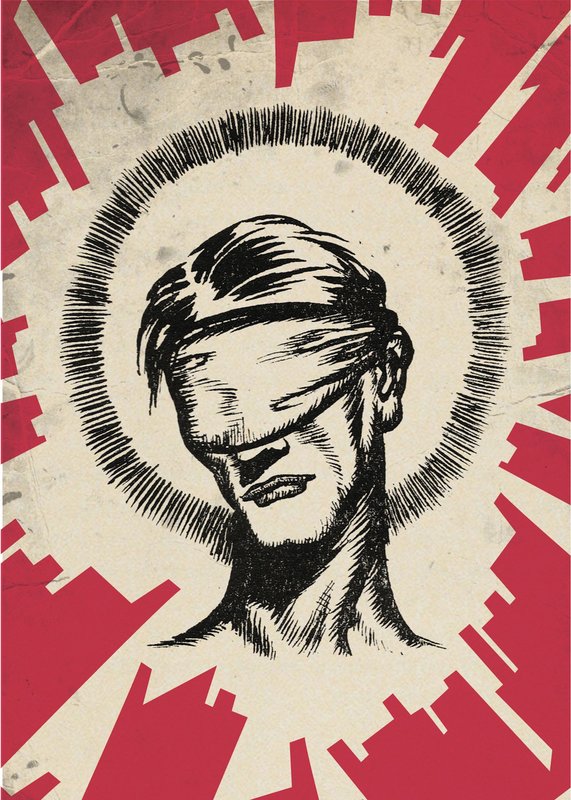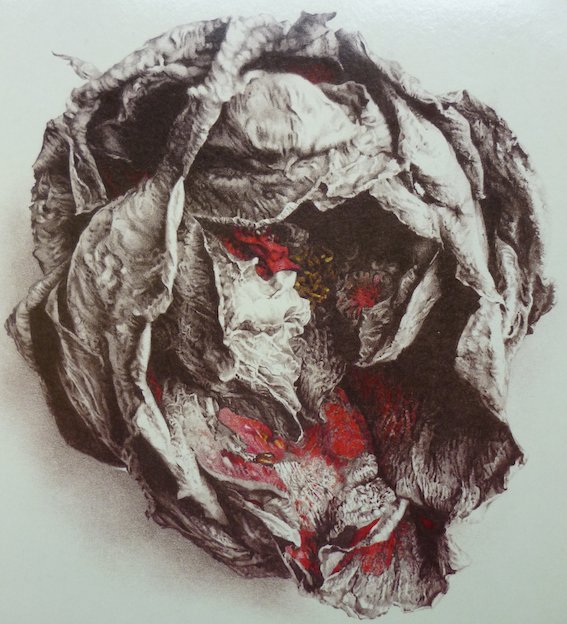Compass Point
A Q&a With Darren Sylvester By Michael Kucyk
Melbourne-based artist Darren Sylvester views Compass Point Studios' paradisal setting from an interesting perspective in his photography book Compass Point. After hearing that The All-Stars' legacy and backbone of Nightclubbing, Emotional Rescue, Mambo Nassau and Remain In Light was shutting it's doors, Sylvester embarked on a pilgrimage to preserve it's spirit through a new body of work. The resulting ambient images prompt infinite fictional scenarios involving the long lineage of artists that jammed there in pure inspiration.
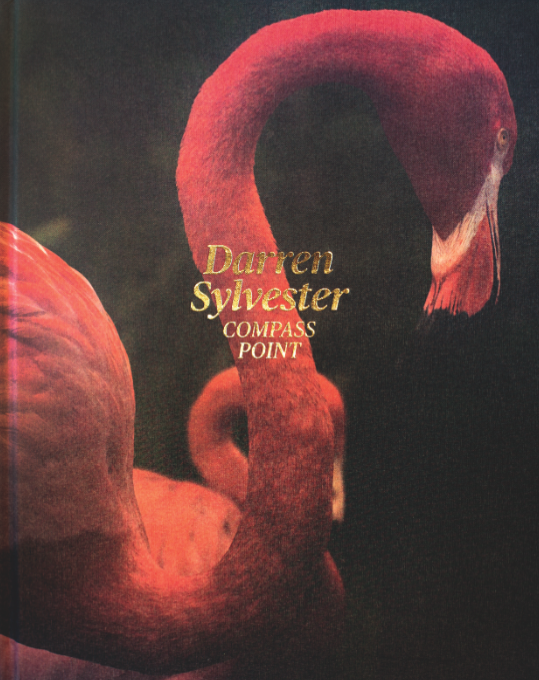
I understand that before this idea came to mind, you couldn't see yourself finishing a photography book?
I work primarily as an artist across different mediums where my photography practice consists of around 5-6 pictures a year because I build each set. I was asked to consider producing a book and initially rejected the idea as it was going to take too long to produce so many images. The only way was to do documentary, something I'd never done before. Months later I read rumours of Compass Point Studios closing on a blog and as I was already a fan of everything to do with it, the idea of documenting the area seemed a natural fit.
Can you tell us about the project's process?
From here it was simply planning to travel to the Bahamas and working out how I was going to take photos. I decided early on that there was to be no people in the book. I didn’t want it to have a sense of time or people’s fashion. I also didn't want to photoshop images when I returned so I took everything with a 70s polarising effect filter from eBay that distorted the colours and images to create an off kilter visual feel throughout.
I contacted Terry Manning, the owner of Compass Point, via mail and then email on a number of occasions – however here is where we had mixed messages. I had asked if I could document the studio and even enquired about studio hire prices as I also record music. Terry never said outright that the studio had closed. Later when I arrived he said the website and emails had expressed everything was still operating to not attract attention of the studio closing down.
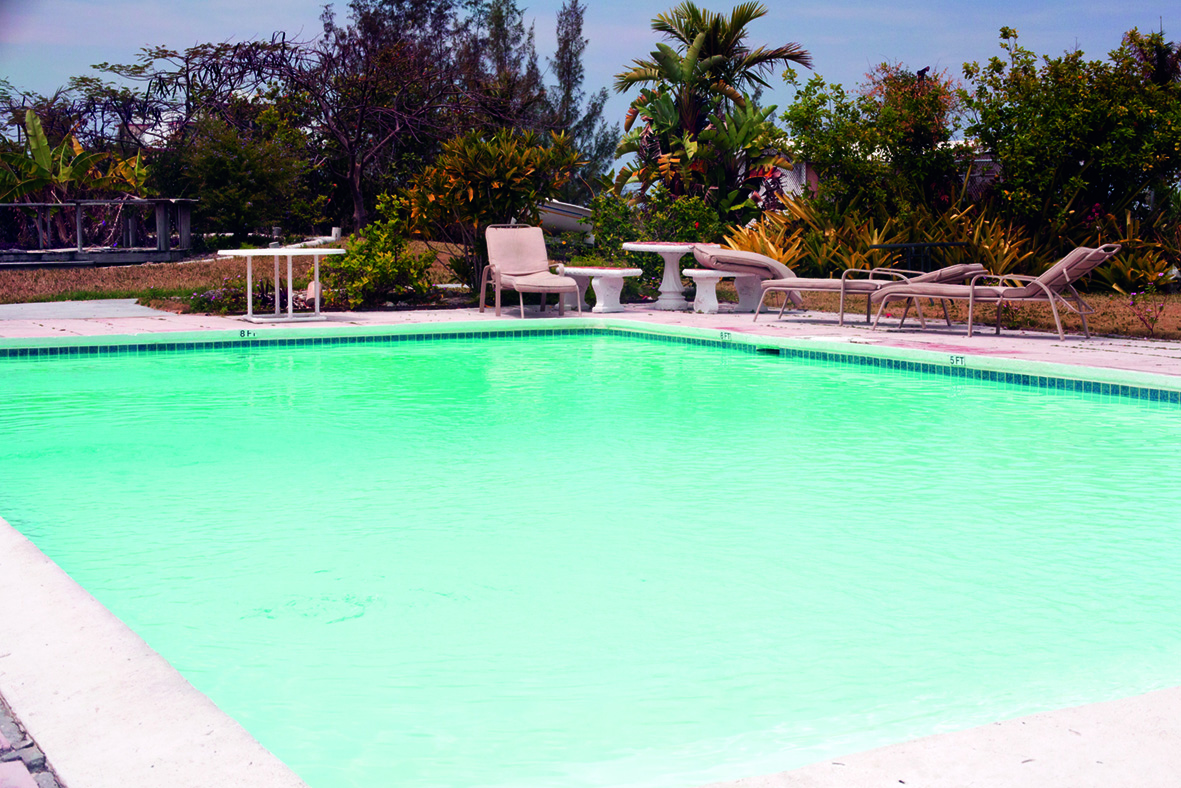
What was your reaction when you arrived?
I was shocked at first. It was a long travel to find out. But soon this was fine as I wanted the book to contain the environment around the studio. The idea was – what would a band recording for a month see from the front door? What does the beach look like? What does inspiration look like? What does an evening meal look like for Grace Jones or Roxy Music or Robert Palmer during their stay? In this way the book is myth-making and myth-demystifying. It pictures things that actually make up the environment and shows that it can resemble any sleepy village somewhere in paradise.
What was the most captivating sight within close vicinity of the building?
The studio is isolated, about 10 miles from Nassau, so already you're on a quiet beach with suburban houses around. Along the beachfront, properties become estates that are patrolled by security guards who would always talk to me as I carried a camera. They were happy to actually see someone and would point out where the Travoltas and Sean Connery live or where Anna Nicole Smith died. Although they'd always be pointing deep down winding roads into forest so you couldn't actually see any buildings.
Did the setting help you form any new ideas as a musician?
It made me want to form ideas – as I find you tend to listen to slower music when on holidays and I'm sure if someone wanted to do a poll on average BPM's recorded across various studios, Compass Point would be pretty low.
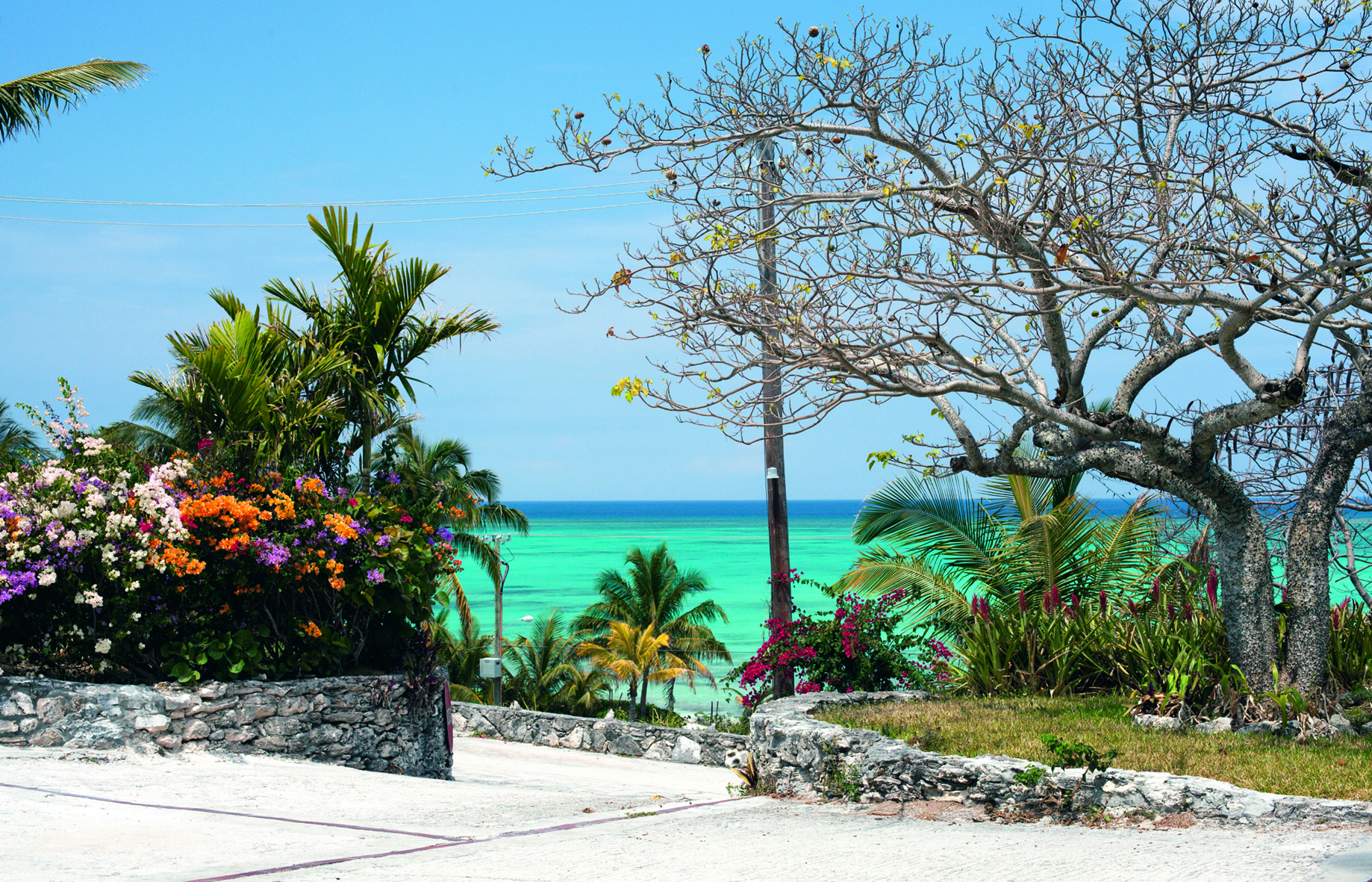
Nowadays it’s hard to imagine labels sending artists to the Bahamas to make an album. Compass Point really illustrates the hedonism of 20th Century recording. Was this running through your mind on site?
I was thinking it's such a shame that bands now record at home or in their own studios with so many distractions and unlimited time; it misses that spark or imagination. The whole blast of the Bahamas would make each day exciting. I'm sure this adds to creativity and amazing moments in song.
What other sides of Bahamas culture did you absorb on the trip?
Rum. Lots of Rum. Coleslaw, fried chicken, small bread biscuits and Conch which I'd never eaten before. Conch fritters, conch salad, conch burgers.
Your work in the book is supplemented by photographs documenting the interior as it existed in 2008 and a few in-session snaps contributed by Tom Tom Club. Have you made any contact with other people associated with the studio?
I had an amazing response from Chris and Tina from Tom Tom Club who have a house near the studio. They wanted a number of copies to give to people like Robert Palmer’s family and Wally Badarou. I'm thrilled how the book has been received by those who were there.
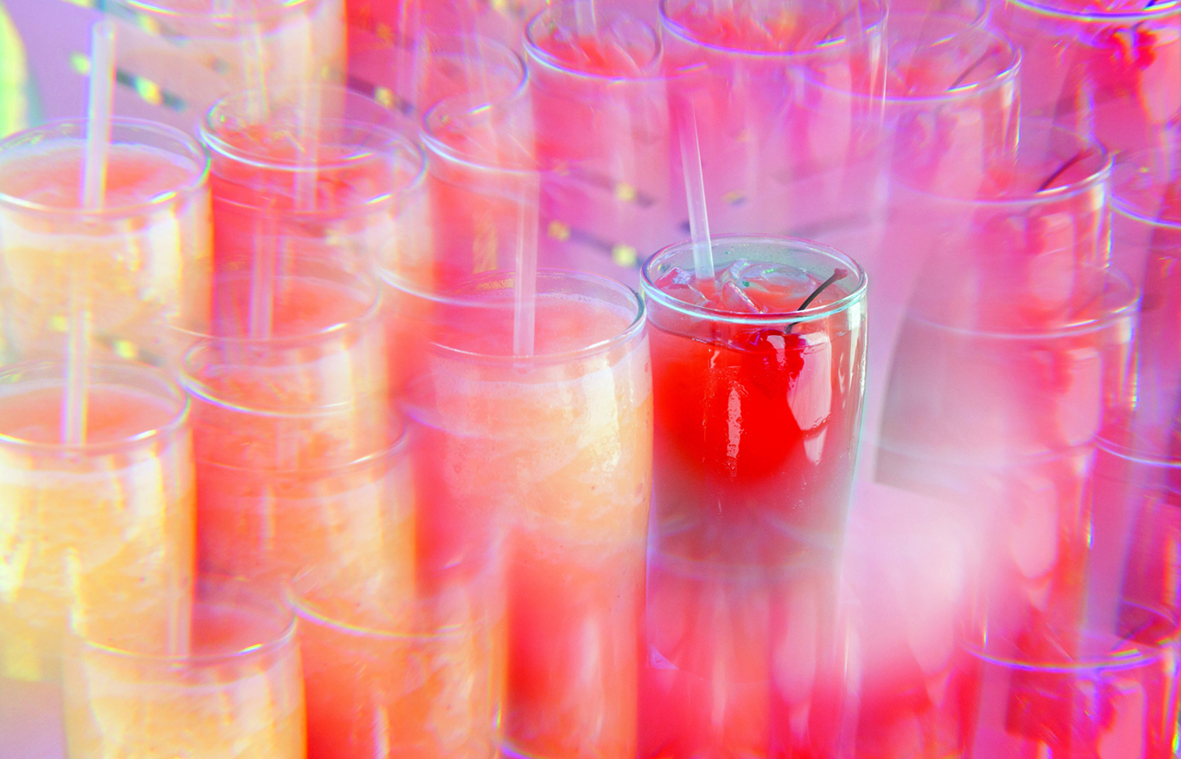
Did you meet any locals with interesting stories of artists coming to town?
My favourite was being told by a security guard that the Bee Gees would arrive by yacht, pull up and go straight to the studio. I thought that was quite special.
What was the fate of the studio’s gear?
Well the good news is Terry Manning pulled it all out and from what I understand will open a studio in the US with the same equipment.
Compass Point is now available at M. 33, Perimeter Books and Gang Ateliar.

